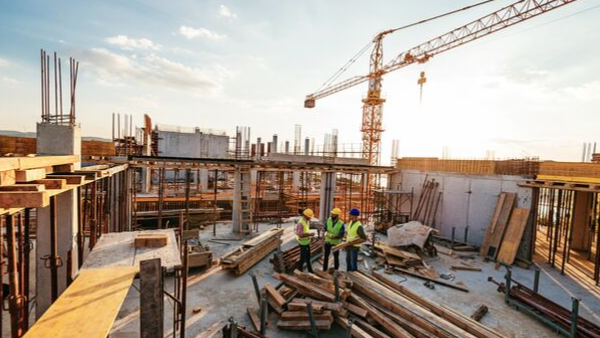Structures and Buildings Allowances (SBAs) were introduced in the 2018 Autumn Budget; and are given on eligible construction costs incurred on or after 29 October 2018 for new non-residential structures and buildings. SBAs were introduced as “a long term commitment to improving the competitiveness of the UK as a destination for investment”.
Structures and buildings include offices, retail and wholesale premises, walls, bridges, tunnels, factories and warehouses. Capital expenditure on demolition, renovations or conversions of existing commercial structures or buildings will also qualify.
The costs of construction will include only the net direct costs related to physically constructing the structure or building after any discounts, refunds or other adjustments.
Capital expenditure does not include costs that can be allowed as a deduction in calculating the profits of the business. This is a change to the old abolished Industrial Buildings Allowances where for example retail premises were excluded. Dwellings are still excluded as are a number of other types of buildings such as student accommodation, military accommodation and prisons.
Interestingly though, hotels will qualify as will some care homes, dependent upon the level of care provided.
Qualifying structures and buildings do not necessarily need to be in the UK provided that the business claiming the relief is subject to UK tax.
Land or rights over land, SDLT and the costs of planning applications will not qualify.
It will still be necessary to identify the integral features and fixtures of a building or structure and other “normal” plant and machinery as capital allowances at the current rates of allowance will continue to apply to this expenditure.
SBAs are given as a straight line relief at 2% for 50 years in respect to eligible capital expenditure.
On a sale of a qualifying building or structure, the amount of relief claimed as SBAs is deducted from the capital gains tax base cost and therefore SBAs are a timing difference rather than a once and for all allowance. However, most businesses would take tax relief today against a tax relief in years to come when they sell the property.
The new owner of a qualifying structure will be able to claim the balance of SBAs over the remainder of the 50 years but this will require the seller to disclose to the buyer the original building cost which may cause some tension. HMRC may also require proof of the figures provided and therefore the owners of qualifying structures and buildings should retain evidence of the actual costs incurred to provide to a purchaser in due course. These will of course need to be retained for the full 50 years!
There are many detailed rules around when a building contract commences, when the building is first brought into use, buildings being temporarily used for a non-qualifying purpose or left empty, issues around leases and anti-avoidance legislation is in place but this allowance should be seen as a positive step to put the UK on a similar footing to the rest of Europe when it comes to being able to claim tax relief on structures and buildings.
